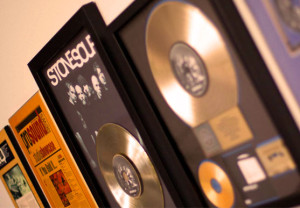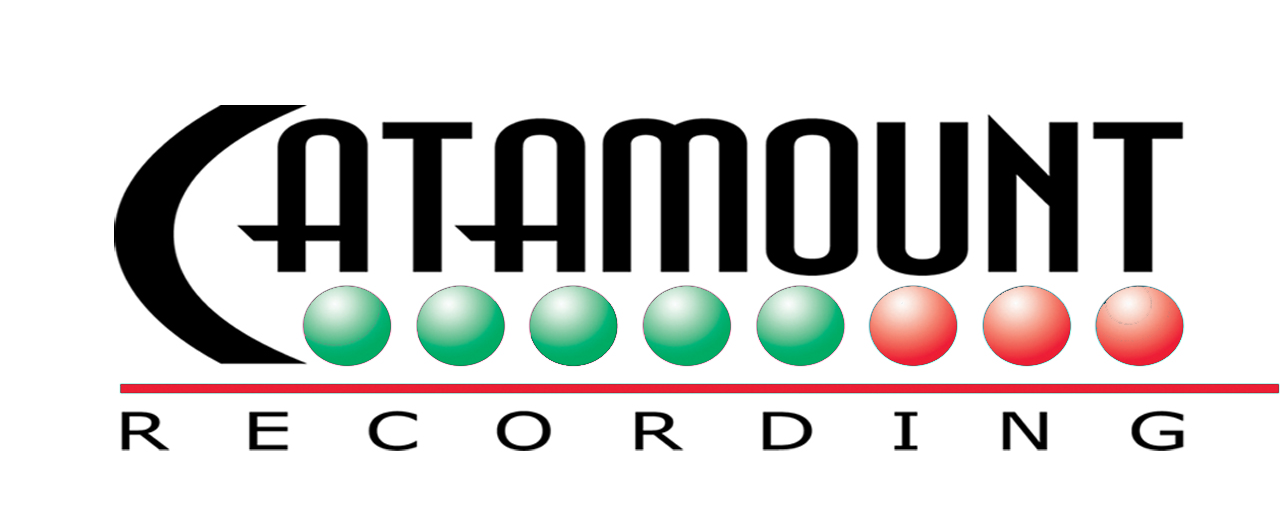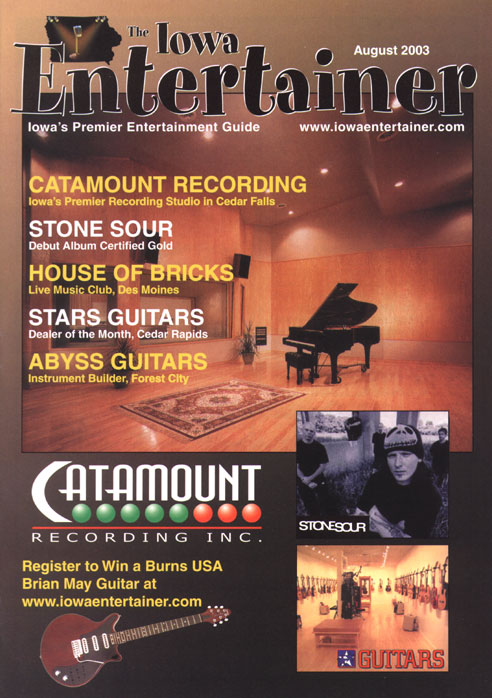“From the standpoint of recording philosophy, our belief in and implementation of a live, “all playing together in the same room with amps and everything”, production technique is fairly unique. Musicians simply play better that way, and better performances actually seem to sound better, too. I’ve never made a great recording of a bad performance, and anyway, what would be the point?” Tom Tatman – Producer/Engineer
The Iowa Entertainer is proud to profile Catamount Recording Studio in our premier issue. Nestled on the outskirts of Cedar Falls, Catamount Recording offers Iowa artists a state of the art recording facility, and owner, Tom Tatman has numerous major and independent label credits including engineering and co-production of Stone Sour’s debut album which has recently been certified Gold.
Tom, provide us with a history of your musical background and how this influenced you into you’re current career path?
When I was 14 I bought a $20 Silvertone acoustic guitar and started trying to play Beatles tunes. When I went to college I was lucky enough to room with Jeff Petersen, who has now been with The Blue Band for many years. Jeff was already a tremendous guitarist, and he helped me become competent enough to play gigs. Once I got a taste of what it’s like to really be involved in music, I’ve never done, or wanted to do, anything else.
Tell us how you actually got your start in this business?
With three of our friends, Jeff and I started a band called Headstone, just to play some dorm parties. A booking agency in Minneapolis heard about us, and put us on the road. The band was really good, but I wasn’t, and they were apparently too nice to fire me. Clearly they needed management. So, after three years, I fired myself and became their manager. I bought a 4 track Teac reel-to-reel recorder and started making demos of Headstone and a few other bands. I’d go to their rehearsal spaces and use the mikes and board from their P.A., plus the best stereo they could come up with as a monitor system.
As an engineer and producer, did you receive formal training? Or was it more of a hands on approach?
Totally hands-on. The traditional way to develop recording skills was to get all the experience you could, and pick up as much as possible from other people who had been doing it successfully. When we first opened Catamount, a producer with a bunch of major label credits named Greg Riker (now chairman of the board at Mackie) came in and cut a demo for a power trio called Nasty Jack. Greg moved them out of the dead little room we were using at that time, into the hallway, which had brick walls and cement floors. He brought in their drum riser, big floor monitors, and even some stage lighting. The band played completely live – no isolation, no headphones, Marshalls roaring right beside the drum kit. They played with a lot more energy that way, and it sounded better too. That session probably had more influence on how I produce bands today than any other experience. I got my engineering chops from reading everything I could get my hands on, and then experimenting. I kept the techniques that worked for me and dumped those that didn’t. That process is ongoing.
Can you recall your first engineering gig? When, where & who?
My first session for actual money was 1977 in a music club called The Circle, in Cedar Falls. The group was The Red Rooster Band that later became The Blue Band. I set up in an elevator shaft beside the stage. I think Bob Dorr may have actually released some of those tracks as part of a Blue Band Anthology a few years ago.
When & where was Catamount Recording officially open for business?
For a couple of years, it was a private studio to develop Headstone’s original material. We opened it up to outside projects in December 1979, just to help pay the rent.
Was there an artist or a project that seemed to be a turning point for Catamount?
I would have to say the band, Peter Lorre in 1983. It was the first album I produced and engineered that was picked up by a national label. It was even on the cover of Billboard. The label remixed it badly, gave my production credit to the mix guy, and changed the bands name to Saint. They were so disillusioned that they broke up shortly thereafter. In spite of that, it was a turning point for me, because I learned that we could cut an album in Cedar Falls, Iowa that was good enough for national release. That’s been my focus ever since.
Give us a run down on the services that Catamount provides?
We produce, engineer, mix, master and handle mass replication of music albums.
What would you consider to be the main focus of Catamount’s services?
Recording bands. Rock, blues, jazz, country, pretty much any genre of bands. No jingles, video or any other ad agency work.
Tell us about your new facility, and how you feel this has improved the products that are produced there?
It’s an incredible place to make a recording. We hired one of the top studio designers in the business, Carl Yanchar of Wave Space Inc. in LA. Carl designed several of the most famous rooms in the business, including the studios at Capital and CBS and one of the Record Plants. He gave us a state of the art facility, designed and built from the ground-up. The advantage to starting from scratch is that each room can be designed with ideal dimensions. The acoustics in the big live room are spectacular. The control rooms are extremely accurate to industry standards, which makes it much easier to make mixes that will sound good when you take them home. All the oak walls and floors and the big windows that look out on a nature area give a vibe that©s very conducive to creativity. Musicians actually seem to play better here.
Describe to us your key employees, and their contribution to the studio?
My partner since the beginning has been Rick Bisbey. He’s nothing short of an electronics genius, and I don’t use that term lightly. Biz actually designed and built our first recording console, and it sounded great. He completely refurbished and modified the Neotek we currently use, and he’ll be maintaining the SSL console we’re installing this fall. He does a great job of maintaining our gear, and his consultation on all things technical and otherwise has been a key to our success. Jon Chamberlain is a terrific talent, both as a mastering engineer and a recording engineer/producer. He has ProTools down cold. My lovely wife, Kitty, our studio manager, takes care of scheduling, CD replication, and in general does a great job of keeping us organized. She’s a CPA / MBA, so I know the administrative end of the business is always covered. Henry, the studio Beagle, is an obedience school dropout and has no real responsibilities here beyond sleeping, slurping, and howling.
Catamount offers high end, state of the art gear as well as a collection of vintage instruments and amplifiers. Tell us how this has been a great perk for the artists who record there?
The gear is a creative tools that offers me a great pallet of sounds to choose from. For example, with our selection of several great vocal mics, I can find one that flatters a particular voice better than the rest. Same thing with compressors and other outboard gear. They all color the sound in a different way, so you can use different processors to enhance different voices and instruments. Normally we use the artist’s guitars and amps for the basics, and ours for any additional parts that might be appropriate. However, our collection seems to lend itself extremely well to Americana/Roots Rock, and several of those bands have used our stuff on their albums for nearly every track.
Tell us what is currently happening at Catamount, and a few of the new artists you are working with?
June was mostly big band jazz. Since then it’s been mostly Rock. Stone Sour was back in July to record and mix a couple of bonus tracks for the re-release of their album.
What do you feel is unique about Catamount that you feel differentiates you from other studios?
The quality and quantity of state of the art gear, the vibe and acoustics of the facility, and the talent and dedication of the staff. From the standpoint of recording philosophy, I think our belief in and implementation of a live, “everybody playing together in the same room with amps and everything”, production technique is fairly unique. Musicians simply play better that way, and better performances actually seem to sound better, too. I’ve never made a great recording of a bad performance, and anyway, what would be the point?
How do you feel the Iowa based music scene and artists compare to New York & L.A.?
We have many great musicians and composers here, there’s no question about that. As far as the scene goes, we need more showcase clubs. We have plenty of places with bad acoustics, bad sound systems, and tiny stages stuck in a corner. Better venues would help performers connect with their audiences and have a chance to build a following. That scene would be good for everybody.
In closing Tom, what do you feel has contributed to the incredible success of Catamount, and how do you see the studio continuing to evolve?
The talented artists who have inspired us to do our best work, and build a studio like this to do it in. Somewhere down the road, I expect to start doing fewer projects, and make more time available for outside producers and engineers.


